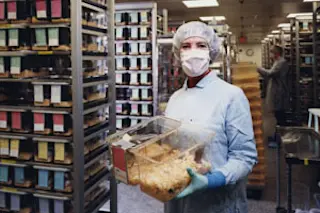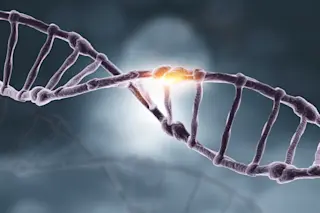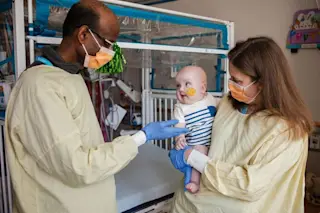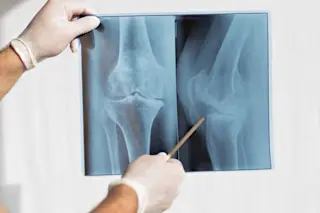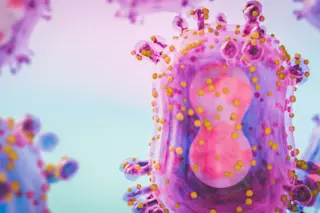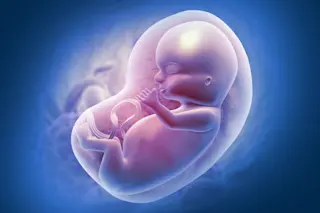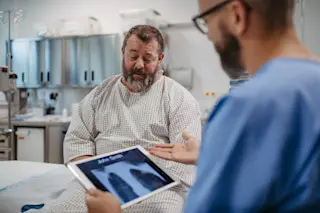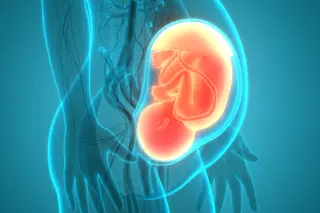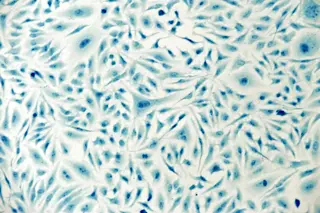The town of Bar Harbor, just off the rockbound coast of Maine, is home to spectacular granite cliffs, herds of barking seals, and about 5,000 human residents who live there year-round. Like the rest of us, some of these humble citizens will enjoy long, happy lives, and some will die all too young. According to national statistics, about 1,400 of them will die of heart disease, and 1,100 will die of assorted cancers. Others will struggle with chronic, debilitating diseases. About 1,600 of them are obese. Some 500 suffer from diabetes, and another 150 have osteoporosis. Environment and behavior have their roles, of course, but the different fates of people in Bar Harbor have a lot to do with the different kinds of genes they carry.
In this era of the human genome map, it would seem a simple matter to pinpoint the bit of DNA responsible for each disease ...


